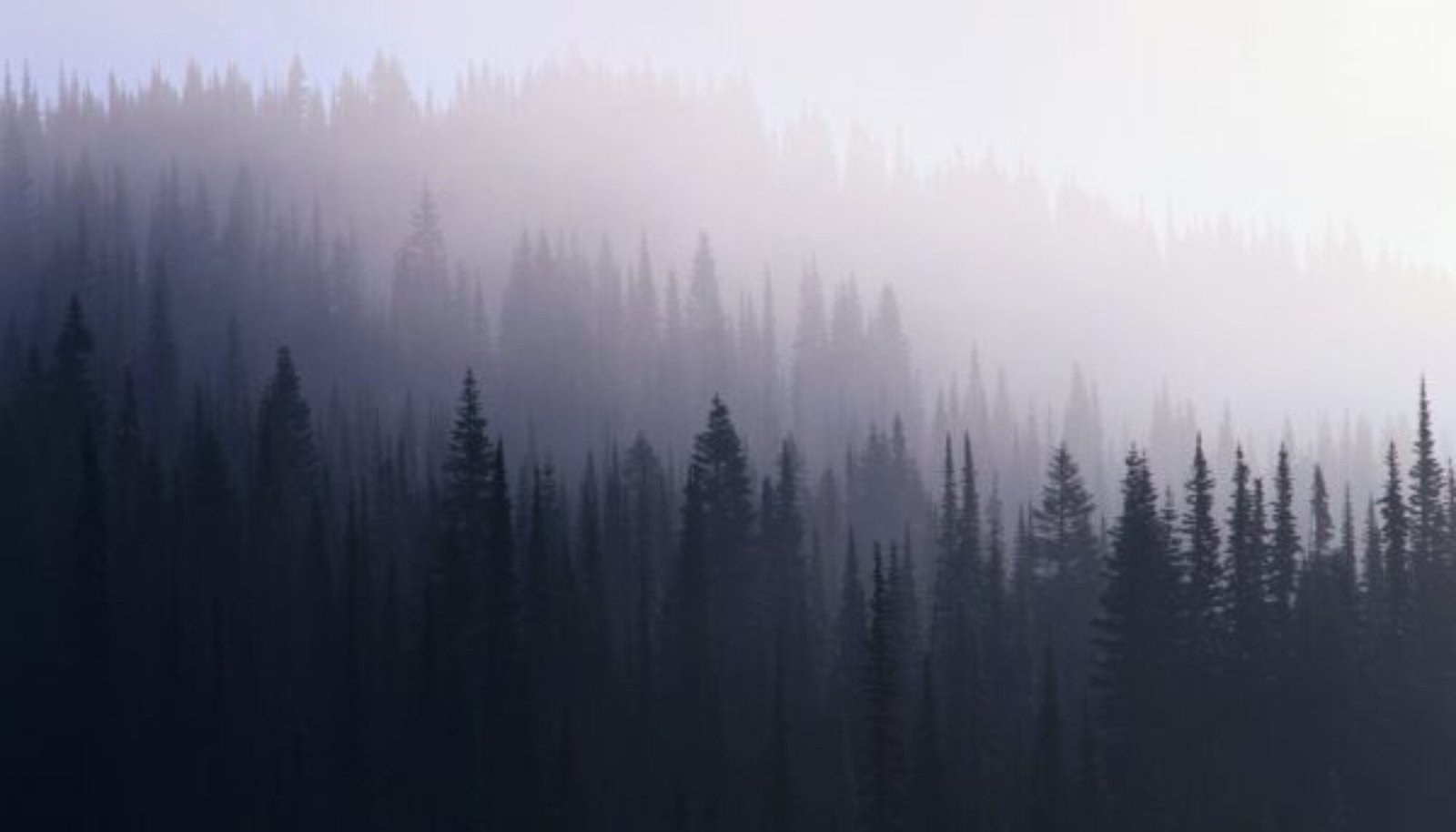Sasquatch’s History
Lets look at what the facts have to tell us as we now know them. The reporting of large creatures that walk upright goes back several hundred years. For a shorter period of time, about 60-70 years, reports of human-like foot imprints have been reported. Some of these imprints have been photographed and even casts of the imprints have been made. It should also be noted that sightings are not limited to years in the past. Sightings continue to be made; some by casual campers and weekend hikers as well as by professionals who make a living from being out in the environment. Over 4,000 sightings have been reported over the past twenty years.
Many Native American cultures have oral histories that tell of a primate-type creature roaming the continent’s forests. In these histories, the animals are sometimes more human-like and, other times, more ape-like. The oral history seems to have begun with the Kwakiutl indigenous peoples in what is now southwestern Canada and northwestern United States. They called her “Dzunukwa” and described Sasquatch as a big, hairy female that lives deep in the forests. Their history says that she was rarely seen because she was caring for her children and was always in a protection mode rather than a confrontation mode. When it came to a decision of “fight or flight”, she would rather slip away than be seen. She was also referred to with another name, “Sasquatch”. That name was used by the Halkomelems, who were members of the central branch of the Salishan family of languages, in southern British Columbia and northern Washington State. There are three dialect groups there, located from west to east, Island, Downriver and Upriver.
Farther south, in California, you will find the location of Painted Rock which is on the Tule River Indian Reservation, east of Porterville.

Historically, the Tules are associated with their traditional language which belongs to their larger ethnographic group known as the Yokuts. However, the tribe prefers to be called the “Tule River Indians.” Painted Rock, also known as CA-TUL-19, is a rockshelter associated with a prehistoric village. This sight, next to the Tule River, contains many artifacts including pictographs. These pictographs are in the rockshelter and are painted on both the ceiling and walls.

The pictographs include paintings of many creatures including; coyote, bear, frog, caterpillar, centipede, eagle, condor, lizard, humans and a male, female and child Bigfoot. The paintings are in red, black, white, and yellow. (Kathy Moskowitz Strain, U.S. Forest Service, Stanislaus National Forest, Sonora, CA).

The most dominant pictograph at Painted Rock is that of the Hairy Man, also known as Mayak datat or Sunsunut1 (Johnstone, 1975). Hairy Man measures 8ft 6in high by 6ft 3in wide, and is red, black, and white. The painting represents a two-legged creature with its arms spread wide. He has what appears to be long hair and large haunting eyes. The Yokuts identify the lines coming from the eyes as tears, because Hairy Man is sad according to their creation story. The pictograph is in very poor condition because of weathering and vandalism.


Probably the most unusual feature of this site is the presence of an entire Sasquatch family. Beside the male Hairy Man, there is a female and child Sasquatch. The mother measures 5ft 9in high by 3ft 10in wide, and is solely painted red . Like her husband, she represents a two-legged creature with her arms open. She has five fingers and little other detail.


Immediately adjacent to her, and directly under her right hand, is her child. The child measures 3ft 11in high by 3ft 3in wide. He is also solely red, stands on two legs, and has five fingers . The figure has an unusually rounded head, suggestive of a sagittal crest . Clewlow (1978, p. 625) estimated that the paintings were made around A.D. 500, but could be as old as A.D. 1 or as young as A.D. 1200 (2000 to 700 years old).


The images below are the comparative size of the cave drawings pictured above.


